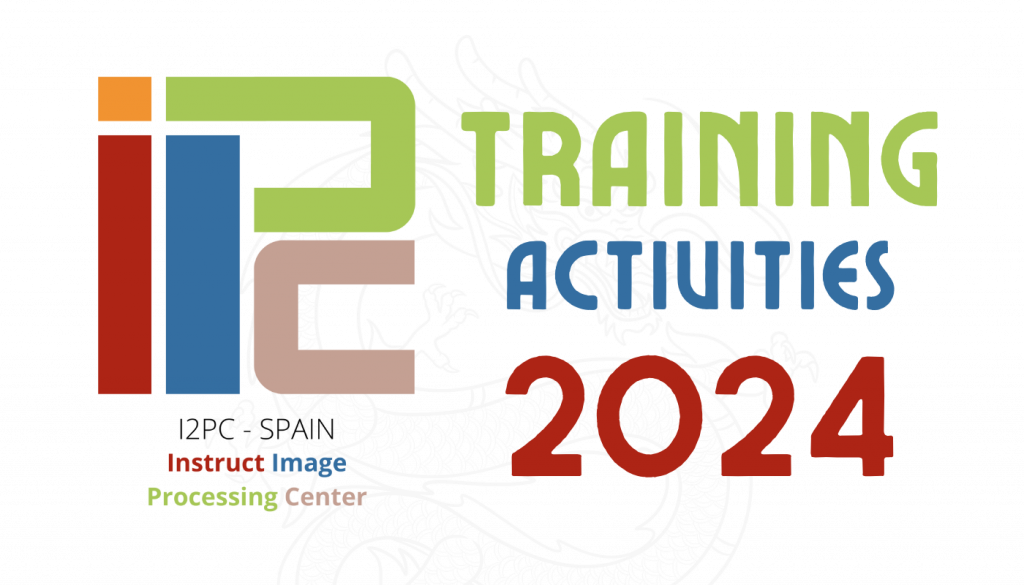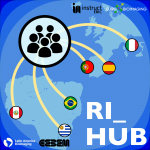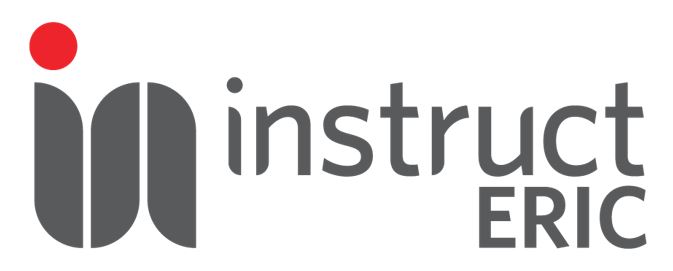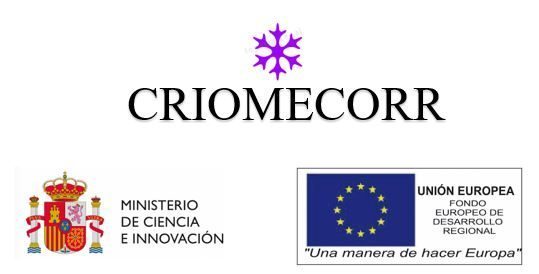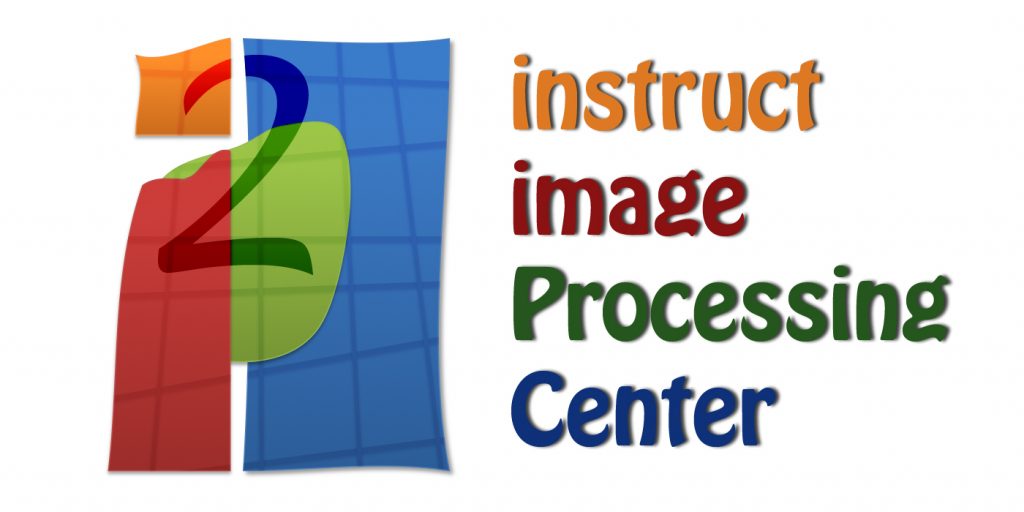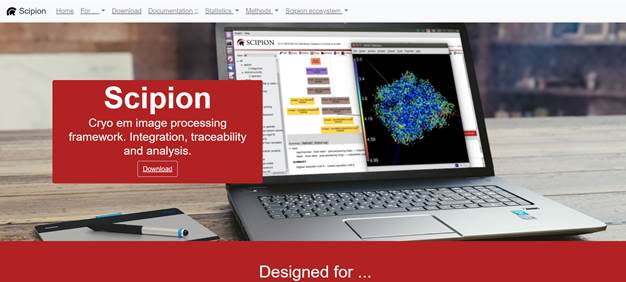Dates: November 5-7th 2024 (3 EU afternoons or 3 east US mornings)
Venue: Hybrid format
Aim: The aim of this meeting is to gather feedback and showcase how facilities are using Scipion, demonstrating its capabilities and benefits for Cryo-EM facilities. The event will feature talks and ample time for discussion, aiming to share experiences with Scipion, discuss operational methodologies, and highlight new developments that can enhance our community’s daily workflow.
Conditions: The workshop will be held at the Spanish National Centre for Biotechnology in Madrid, Spain. For the practical session on November 5, in-person attendance is required, and you must select this option on the registration page to ensure we prepare a machine for you. The main workshop on November 6-7 can be attended either in person or remotely.
No programming skills are required. We will use in-house bigbluebutton conference system. Verify your browser works at https://demo.bigbluebutton.org/
Program:
We start at:
San Francisco – 05:00 // Minneapolis – 07:00 // New York – 08:00 // São Paulo – 09:00 // Madrid – 14:00 // London – 13:00
Beijing – 20:00 // Tokyo – 21:00 // Sydney – 23:00
PRACTICAL COURSE
Tuesday 5th November – In person
14:00 (CEST) Welcome – Jose María Carazo , Biocomputing Unit CNB – Madrid, Spain.
14:15 – 14:30 Course Overview – Pablo Conesa, Biocomputing Unit CNB – Madrid, Spain.
14:30 – 15:40 On-the-fly processing – Daniel Marchan, Biocomputing Unit CNB – Madrid, Spain.
15:40 – 16:00 Coffee break
16:00 – 17:00 Processing workflows and templates – Daniel Marchan, Biocomputing Unit CNB – Madrid, Spain.
17:00 – 17:40 Scipion with queue systems – Daniel Marchan, Biocomputing Unit CNB – Madrid, Spain.
17:40 – 18:00 Discussion
WORKSHOP
Wednesday 6th November – Hybrid
14:00 (CEST) Welcome – Jose María Carazo , Biocomputing Unit CNB – Madrid, Spain.
14:15 – 14:40 An Overview of Scipion in Facilities – Pablo Conesa, Biocomputing Unit CNB – Madrid, Spain.
14:40 – 15:20 Automated on-the-fly data processing in EMhub is fantastic, but what’s next? – Jose Miguel de la Rosa Trevin, St Jude Children’s Research Hospital – Memphis, USA.
15:20 – 16:00 Lab Management with CEITEC: LIMS Demo and Key Features – Radek Veverka, Central European Institute of Technology at Masaryk University – Brno, Czech Republic.
16:00 – 16:20 Coffee break
16:20 – 17:00 Smart Data Collection with Smartscope – Jonathan Bouvette, Princeton University – New Jersey, USA.
17:00 – 17:40 Enhancing Smart Acquisition: Integrating SPA Processing Feedback with the Scipion-EM-SmartScope Plugin – Alberto Garcia, Biocomputing Unit CNB – Madrid, Spain.
17:40 – 18:00 Discussion
Thursday 7th November – Hybrid
14.00 (CEST) Enhancing Efficiency: Best Practices and Automations for On-the-Fly Processing in SPA Workflows – Daniel Marchan, Biocomputing Unit CNB – Madrid, Spain.
14:40 – 15:20 NextPyP: A scalable platform for single-particle cryo-EM/ET image analysis – Alberto Bartesagui Duke University – Durham , USA.
15:20 – 16:00 Use case: Title to be confirmed – Mario Borgnia, National Institute of Environmental Health Sciences – Durham, USA.
16:00 – 16:20 Coffee break
16:20 – 17:00 Use case: Title to be confirmed – Eric Tse, Institute for Neurodegenerative Diseases UCSF – San Francisco, USA.
17:00 – 17:40 ScipionTomo use Case: Tomo Streaming at CNB Facility – Mikel Iceta & Javier Chichon, CryoEM Facility CNB – Madrid, Spain.
17:40 – 18:00 Discussion and conclusions
National Center for Biotechnology (CNB), Madrid, Spain
Madrid, November 5 – 7, 2024
How to find us: Contact Us – I2PC – Instruct Image Processing Center
REGISTRATION
Registration will be free for all attendees.
Fill your application here
Further details, such as class locations, meeting links, title updates, and instructions for reaching the centre, will be provided in the months leading up to the workshop.

